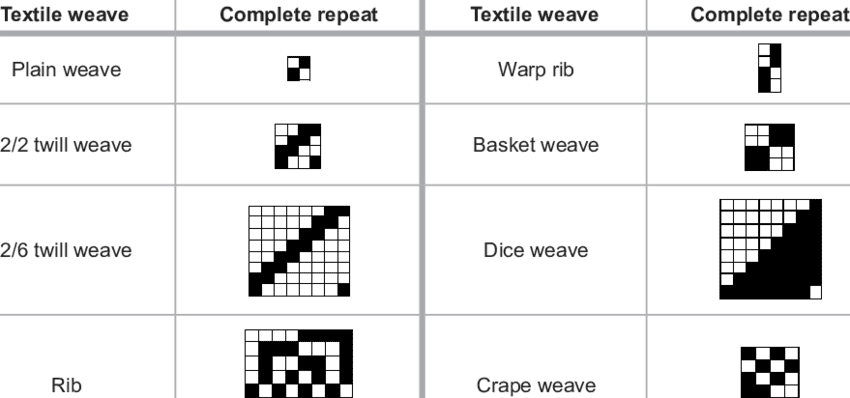Recruitment Trends In Textile Industry With Relation to Weaving
Introduction
The textile industry is vertically-integrated across the value chain and extends from fibre to fabric to garments. At the same time, it is a highly-fragmented sector, and comprises small-scale, non-integrated spinning, weaving, processing and cloth manufacturing enterprises.
Challenges And Future Prospects
Challenges faced by the Indian Textile Industry In spite of immense factors fuelling the growth of the Indian textile industry, there are certain challenges faced by the country in terms of scarcity of trained manpower, escalating energy costs, high transportation costs, obsolete labor laws, low level of technology, and lack of economies of scale.
Future Prospects
The Indian textiles industry is set for strong growth, buoyed by both strong domestic consumption as well as export demand. The industry is expected to reach US$ 220 billion by 2020.
Ref: https://www.cci.in/pdfs/surveys-reports/textile-industry-in-india.pdf
According to the Ministry of Textiles, the domestic textile and apparel industry in India is estimated to reach US$ 223 bn by 2021 from US$ 108 bn in 2015. Apparel exports from India is expected to increase to US$ 82 bn by 2021 from US$ 15 bn in 2014. Total cloth production in India is expected to grow to 112 bn square metres by FY17 from 64 bn square metres in FY14.
As per data from National Bureau of Statistics, due to steep wage inflation, the average monthly wage cost in China stood at US$ 230 per month in 2013 as against US$ 80 per month in India. Also, India is rich in traditional workers adept at value-adding tasks, which could give Indian companies significant margin advantage. However, India’s inflexible labor laws have been a hindrance to investments in this segment. Unlike in home textiles, garment capacities are highly fragmented and leading Indian textile companies have been slow to ramp up their apparel capacities, despite strong order flows from overseas buyers who are trying to diversify out of China.
Ref: https://www.equitymaster.com/research-it/sector-info/textiles/Textiles-Sector-Analysis-Report.asp
Recruitment Trends
As textile industry as whole is a very vast industry. Over the years few manufactures in India have specialised in specific function like spinning, weaving, dyeing etc. There are very few mills in India which are integrated textile mills due to high input cost. Most of the small manufactures take up job work as for them running an integrated mill is not feasible. Even for large mills to cut down their cost they give job work to small manufacturers.
Now lets us see how in weaving industry the recruitment take place. As the weaving is one of most difficult technical function of textile industry and hence the person who is employed has to be real tech savvy in this area. For example if a person has worked only on Airjet looms then he may not be suitable for mills working on other types of the looms. Hence in Weaving Industry the choice of person to be recruited has to be too specific unlike in garment industry where specification is given tight importance
What basically a weaving industry looks into job profile as follows:-
- What is his technical qualifications
- Which types of machines the candidate worked on
- How long the candidate has worked on specific machines
- Which geographical area the candidate has worked on
- What technical training and what are his innovations with relation to weaving the candidate has acquired
As there are many type of weaving methods and machines available and hence there it is difficult to specialise in all types of the technology of weaving and hence every candidate in weaving industry takes up specific specialization. This why sometime the integrated textile mills face scarcity in technical weaving candidate like LNJ Bhilwara, Banswara Syntex, Arvind mills are few integrated mills who require lot of technical candidates. Hence dependence to recruit from consultant is in rise.
Conclusion
To recruit in weaving Industry one must understand the industry very well and also should understand the technical aspect of industry requirement without understanding these aspects it would not only difficult but impossible. Hence and recruitment consultant should be specialised in this particular industry.

